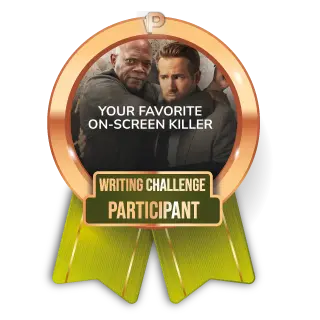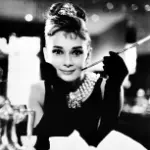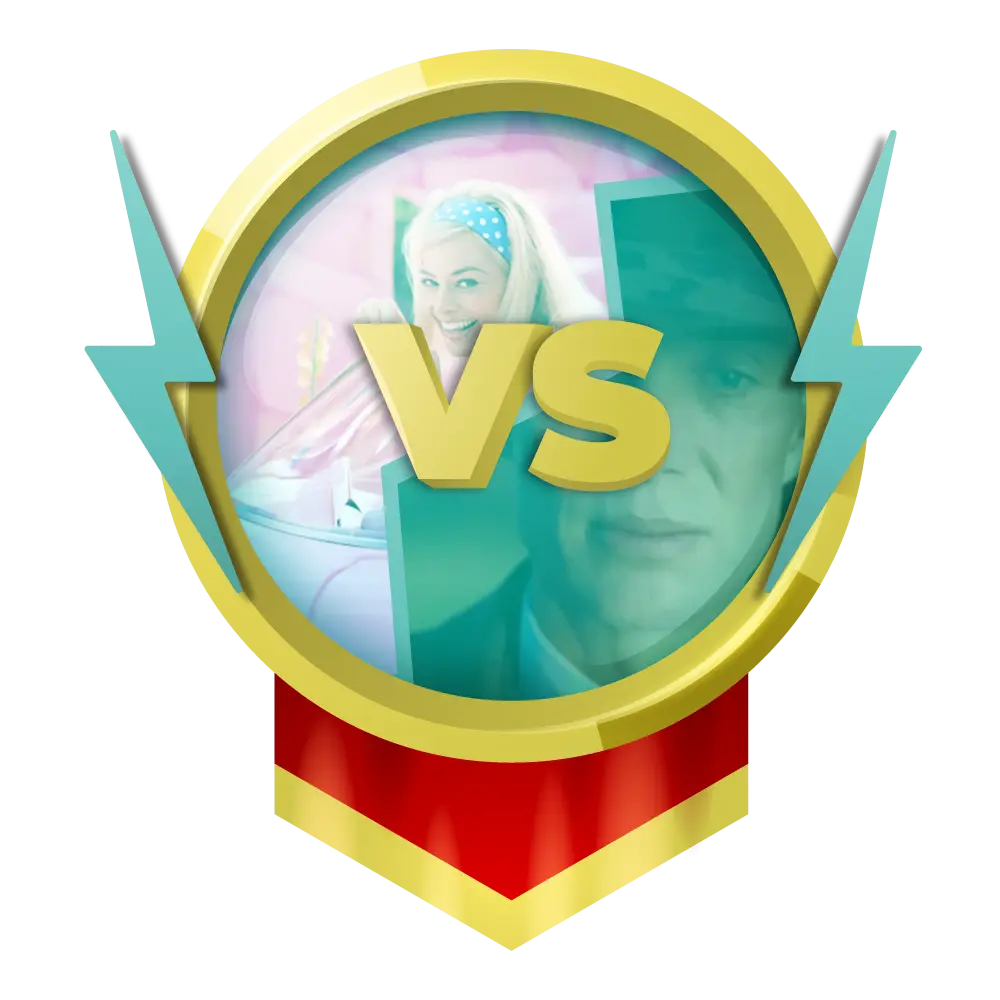I have a lot in common with Austin Butler. We are both Academy Award nominated actors, have dated models, and have acted in films directed by Quentin Tarantino, Denis Villeneuve, and Ari Aster. No need to fact check any of this. Most importantly though, we have a deep and personal childhood connection to Sergio Leone’s film The Good, the Bad and the Ugly.
Released in 1966, the epic spaghetti Western film was marketed as the third installment in the Dollars Trilogy, which all star Clint Eastwood. It follows three gunslingers during the American Civil War who compete to find buried Confederate gold worth $200,000 (about $6,000,000 today). Although reception during its initial release was mixed, The Good, the Bad and the Ugly is now considered one of the best Westerns of all time.

In a red carpet interview for Dune: Part Two last year, Austin Butler said that his favourite film as a kid was The Good, the Bad and the Ugly. People on Twitter and TikTok obviously found a way to be mad at this. Many claimed that he was trying too hard to look cool and sophisticated. Others called him pretentious for not naming a Disney film or something specifically made for kids. I didn’t think much of it at first... People on social media always have something to say about things that do not impact their lives at all. Then, I remembered that I too watched The Good, the Bad, and the Ugly as a kid.
I quickly quoted a tweet criticizing Austin Butler, explaining that I watched the film as a kid because my dad had showed it to me when it was playing on TCM one day. It was never one of my favourites, but I still watched it. I grew up with my dad mimicking Ennio Morricone’s legendary main theme for the film constantly. Those claiming that Butler was lying about watching or even liking the film as a kid really frustrated me. Truthfully, I cannot remember anything about my initial viewing of the film because of how young I was. So, I recently rewatched The Good, the Bad and the Ugly with adult eyes. I popped in the DVD of the film that my mom bought for my dad and watched the film from a new, adult perspective.
Honestly, my first reaction to the film during this rewatch was, “Wow, Clint Eastwood is unbelievably handsome.” He just radiates star quality as “The Man with No Name,” a character also present in the other two Dollars films. It’s because of this effortless charisma and energy that I first fell in love with this film on rewatch. The mystery surrounding this character, the fact that he doesn’t speak often, and his grey morality are most attractive when thinking about how they went against Western conventions at the time.

What I am most impressed by when watching The Good, the Bad and the Ugly as an adult is this “greyness” or just how complex these characters are. These are not the heroic cowboys popularized by John Wayne and American Westerns. As a child, I probably accepted the moniker assigned to each of the three characters and didn’t think much of them. However, it is clear to see that these are all anti-heroes with a penchant for violence, greed, and cruelty. Blondie (as The Man with No Name is referred to in this film) is selfish and often double-crosses “The Ugly,” a Mexican bandit named Tuco who is played by Eli Wallach. Hence, “The Good” is not really good. He will stop at nothing to get to the gold, just like Tuco and “The Bad,” a ruthless mercenary named Angel Eyes who is played by Lee Van Cleef. None of these men are just good, or bad, or ugly. They encompass all three words and their meanings at the same time. They all share the same goal, which makes the film one of survival by any means.

I was especially taken by the inclusion of Tuco’s brother, who left his family to become a priest. After Blondie is severely dehydrated when Tuco captures him, Tuco brings him to a mission to recover... All for selfish reasons, of course, since Blondie knows the name on the grave where the gold is buried and Tuco knows the cemetery name. It is here where Tuco is reunited with his brother, Pablo. Pablo is not interested in bonding with his brother and scolds him for not seeing him in years and for missing the death of their father. Tuco then chastises his brother for leaving him as a child and judging him for becoming a thief and criminal, since it was what he needed to do to survive. I think this one scene captures what makes The Good, the Bad and the Ugly a Western like no other. Where other Westerns at the time – particularly American Westerns – accepted tropes and standards, The Good, the Bad and the Ugly deconstructs the previous depictions of the Old West. Writers Age & Scarpelli, Luciano Vincenzoni, and Leone replace conventions with intriguing characters who despite their goals being similar, each carry traits that were not common in Westerns.

One moment in the film that has stayed with me is when Tuco and Blondie find themselves amid a violent battle between Confederate and Union soldiers. Here, Blondie – a man of few and carefully chosen words – says, “I’ve never seen so many men wasted so badly.” I didn’t know that the film also took on an anti-war stance. There is even a scene in the extended version where Angel Eyes shows compassion towards soldiers, highlighting that despite his label as “The Bad,” war is still harrowing. Their closeness to violence and cruelty does not suppress their ability to recognize the unjustness of war.
Of course, these themes flew over my head as a child. Being able to think alongside them as an adult has solidified The Good, the Bad and the Ugly as one of my favourites. The film is wonderfully shot, features incredible performances, and contains one of the greatest scores of all time. However, I am most drawn to what the film does to distinguish itself amongst an era of film where characters became repetitive and safe. On the surface, the film’s coolness reads like any other Western; cool costumes, intricate sets, rugged landscapes, and eccentric characters. I would argue that The Good, the Bad and the Ugly’s coolness is directly tied to its complexities and nuances. I mean, I didn’t even mention the homosociality on display in the film. It is just so thematically rich, and I can’t help but feel that this is why it is often considered one of the greatest films of all time.

It only makes sense that kids are drawn to these “cowboy” movies. Between the action, comedy, and cowboy symbolism, they are easy for kids to be attracted to. So, while Austin Butler and millions of other kids (myself included) probably didn’t “get” the film as children, there is still something it holds that makes it special for kids. My rewatch then was not only a rewatch. For me, it was more about discovering the film as a different person. As I now have thousands of books, films, and life lessons in my repertoire, I am not watching the film the same way I did as a child. Instead, I brought knowledge I didn’t have as a child to this viewing. I am able to acknowledge the tricky and problematic elements of the film (and trust me, there are a lot), while also still engaging with the brilliant themes on display. So, here’s to seeing things with new eyes. It’s pretty cool.






































































View replies 1
View replies 0
View replies 0
View replies 1
View replies 0
View replies 0
View replies 0
View replies 0